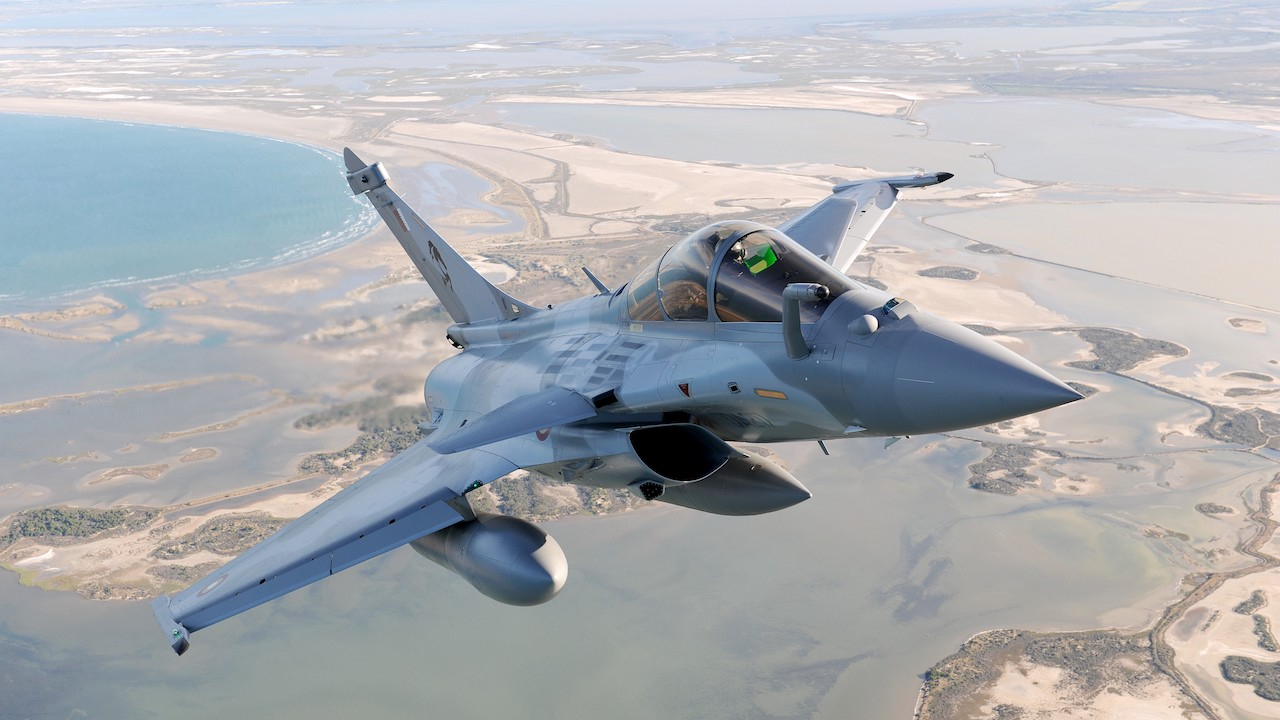Anka-S hits the target
Turkey’s Anka-S unmanned aerial vehicle (UAV) is now operational with the Turkish Air Force in a revised form, according to a Twitter announcement by Ismail Demir, director of the Turkish Defence Industries Directorate (SSB).

The new sub-variant is fitted with the indigenous Aselsan common aperture targeting system (CATS) electro-optical/infrared (EO/IR) reconnaissance, surveillance and targeting system.
This is in place of the US-made FLIR Systems Star SAFIRE 380 HLD EO/IR sensor turret initially fitted to the type.
The Anka name (originally a phoenix-like mythological creature) is applied to the family of UAVs developed by Turkish Aerospace Industries (TAI) for the Turkish Armed Forces.
The TAI Anka prototype made its maiden flight on December 30 2010 and the type completed acceptance testing with the Turkish Air Force on January 20 2013.
The Turkish Air Force ordered 10 Anka block B UAVs in 2013. This is an improved version of the original Anka block A, fitted with an Aselsan synthetic aperture radar/ground moving-target indicator payload in addition to the platform’s usual under-nose EO/IR sensor.
The Anka-S is the serial production version and it is equipped with a ViaSat VR-18C Highpower SATCOM antenna and a national flight-control computer.
The Turkish Undersecretariat for Defence Industry (SSM) ordered 10 Anka-S UAVs and 12 ground-control stations on October 25 2013, to be delivered from March 2017 in batches of two, four and four aircraft, with deliveries to be completed by 2019.
The Anka-S completed its first live fire tests on August 17 2018. The weapon selected for the initial integration programme was Roketsan’s MAM-L smart micro munition, a glide-bomb derivative of the laser-guided long-range anti-tank missile system (L-UMTAS).
It was always intended that the first two aircraft would be equipped with the Star SAFIRE 380-HDL FLIR payload as an interim fit, pending availability of the Aselsan CATS system.
The Anka-S, like the block A and block B aircraft, is powered by a Thielert Centurion 2.0S engine, although Turkish Engine Industries (TEI) is developing an indigenous national engine for the aircraft, capable of operating on diesel or JP-8 jet fuel.
Stay up to date
Subscribe to the free Times Aerospace newsletter and receive the latest content every week. We'll never share your email address.

